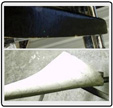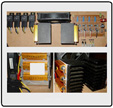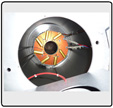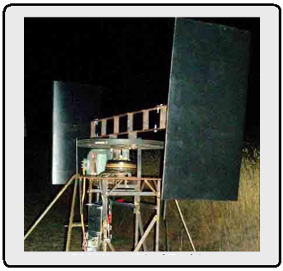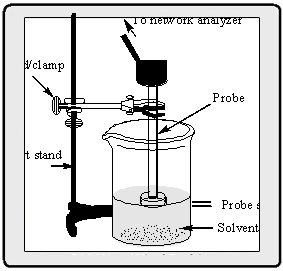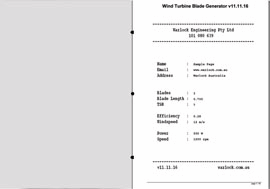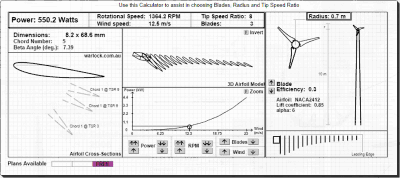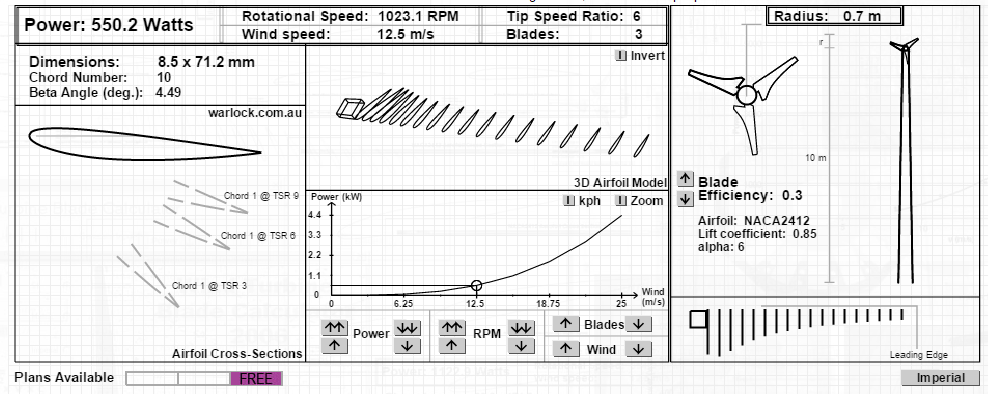





FREE
Sample chord
sections can be
generated for
blades between
0.70 to 0.80 m (550
Watts to 710 Watts).
Design custom blades for your generator and calculate power output at each wind speed.


NEWS & UPDATES




Welcome to Warlock Engineering
Our projects can be accessed by following the links below. Scroll down to view a summary of selected areas of interest.
About our web site.

Free Wind turbine Plans for 500W blades with each purchase.

Background summary of
selected projects
selected projects
Manufacture of wind turbine blades involves making a choice about the materials used and this can determine your appropriate working techniques.
The weight of the final blade set should be considered. The effect of blade weight and radius contribute towards a combination of stresses on the generator and hub. Increases in fatigue are caused by vibrations of a heavier mass and a longer time is needed for a heavy object to reach high velocity due to the forces of wind energy. Failures associated with heavier mechanical devices are also more difficult to manage.
Consistancy of the blade strength across the span of the radius is more predictable when a single piece of materal is used for the entire length of blade construction. Designs that have a wide chord length closer to the root section contribute a large surface area, making the construction process more expensive, but can provide a greater blade efficiency. The surface area (aspect ratio) contributed by all blades relates directly to the maximum power that can be captured. Using a surface area less than a solid disc is required for the conversion from 'linear' kinetic wind energy into rotational movement needed for power generation.
Fibreglass is a composite material made using a chemical resin in combination with solid fibres, providing superior strength from only a thin layer. Construction methods using composite materials allow the blade weight to be significantly reduced leading to faster start-up and safer operation. The mixture of resin and fibres are shaped and gradually undergo a 'curing' process to form a plastic polymer with fibres distributed throughout the plastic as a mesh.
The mechanical properties of both the plastic and fibres contribute to the overall blade strength, each having an optimal percentage contribution for best results.
The mechanical properties of both the plastic and fibres contribute to the overall blade strength, each having an optimal percentage contribution for best results.
There are some advantages to using plastic composites to produce blades and moulds, with some improvements in accuracy for blades that taper and twist. The Increased strength and rigidity of materials maintain blade shape at high velocity and throughout the weathering process. Materials needed for construction are reduced as well as the blade weight.

ADVERTISEMENT
Wind Turbine Blade Manufacture
Fibreglass Blades:



Back to information about.....

Turbine Blade Calculator Software


Frequently asked questions about plan orders, blade design, electrical work and generator matching can be found on our Q&A pages.

Next
Page
Page
An economical fabrication process is a major design consideration for turbine blade construction. The construction is based on the available materials as well as your own experience. Plastic composites are often used, prepared by the even packing or layered addition of fibre glass or other fibres that have been saturated in an amount of the polymer resin, soon after the initiation process has begun.
After initiating polymer growth, the plasticising resin begins to harden into a mechanically robust solid composed of both plastic and structural fibres. For small experiments, wood is still considered as a favourable option since waste is easily managed.



